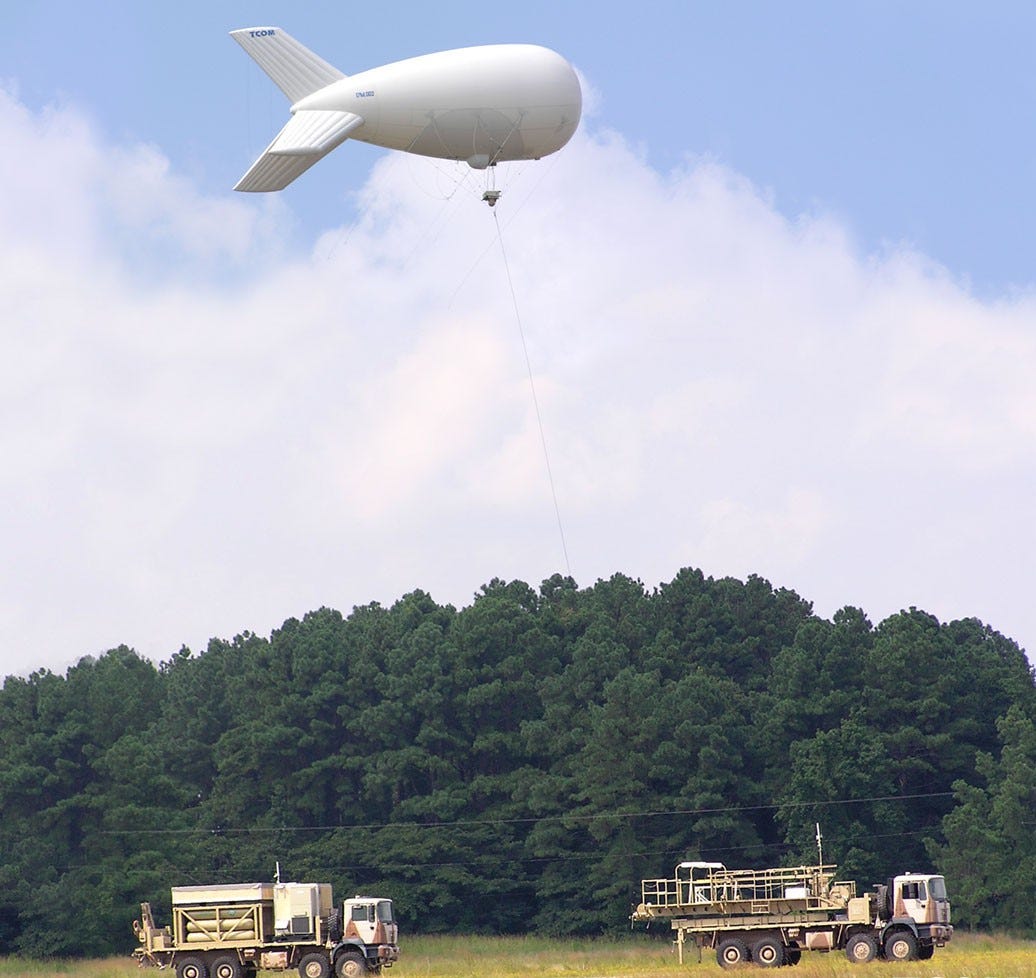Here’s the Billion Dollars Worth of Gear the U.S. Is Selling to Iraq
Light attack planes, lots of Humvees and spy blimps
The near collapse of the Iraqi state—and the U.S. riding to the rescue—is likely to be a boon for American defense contractors.
The United States has poured billions of dollars in military aid to Iraq since 2005, but Congress has held up some of it due to worries the weapons and equipment will simply prop up a sectarian Shia government in Baghdad. What’s worse than that? A collapse of the government altogether to the Islamic State of Iraq and Al-Sham, or ISIS.
ISIS has run roughshod over Iraqi troops in recent months—leading to the collapse of Iraqi army forces in northern Iraq in June. ISIS now threatens Baghdad, and the White House is deploying a force of 300 commandos to advise Iraqi forces how to beat them back.
They come along with the U.S. drones, F/A-18 fighters and P-3 spy planes now operating over Iraq. Within weeks, American air strikes could begin in parts of Iraq and even Syria.
Here’s just a few items of Iraq aid—roughly one billion dollars worth—awaiting Congress’ approval.
Light attack aircraft
By far, the largest share of the deal is for 24 AT-6C Texan II aircraft at a cost of $790 million. That makes sense, as the Texan II is a Third World counter-insurgency plane on a budget.
The Texan II is more commonly used as a training aircraft for the U.S. Air Force, and the Iraqi air force has 15 of an earlier model—the T-6A—for training purposes.
But the new C-model Texan is more powerful. For one, it has a beefier 1,600-horespower engine and a wider prop. It’s also designed to carry various guided weapons including the Hellfire missile—which Iraq has in its inventory.
In addition to the planes themselves, the sale includes ALE-47 chaff dispensers—which are used to confuse the sensors on incoming missiles. The sale also includes AAR-47 systems to detect incoming missiles. That’s an absolute necessity in Iraq, where ISIS forces may have access to shoulder-fired anti-aircraft missiles.
All in all, the sale would be a major boost to the plane’s manufacturer, Beechcraft Corporation, which has been searching for a major foreign arms sale. Lockheed and several other companies also stand to cash in on the Texan II’s various electronic components.
Humvees by the hundreds
The life blood of the Iraqi economy is oil. Naturally, ISIS sees attacking oil refineries and infrastructure as an important part of their strategy.
Militants sabotaged the country’s largest oil pipeline last year—connecting Kirkuk to the Turkish port of Ceyhan. That pipeline now passes through ISIS-controlled territory and has been out of commission since. Iraq’s largest oil refinery about 130 miles north of Baghdad is also now the site of a major battle between ISIS and the Iraqi army. The facility appears to be burning.
All of this is why the U.S. wants to sell more than $100 million worth of Humvees to the Iraqi army’s Oil Pipeline Security Division. That covers the cost for 200 of the wheeled vehicles plus radios, communications equipment and mounts for .50-caliber machine guns. The bulk of this money will go to Humvee-manufacturer AM General.
“The proposed sale of the M1151 [Humvees] would facilitate progress towards increasing the Iraq’s ability to defend its oil infrastructure against terrorist attacks,” is how the State Department put it.
Two hundred Humvees isn’t nothing. But the light vehicles are terribly vulnerable to improvised explosives and rocket-propelled grenades. ISIS have captured numerous Humvees and turned them back on the Iraqi army.
Another common tactic deployed by ISIS fighters is to use long-range rifles such as the 7.62-millimeter Dragunov to shoot and disable the vehicle’s engines, according to West Point’s counter-terror journal CTC Sentinel.

Aerostats and towers
The smallest piece of the sale—a mere $90 million—is for a series of surveillance tools designed by Raytheon to keep watch over military bases.
These tools come in two parts. First, Iraq wants to buy seven 17M aerostats equipped with a suite of camera systems. Basically tethered blimps, aerostats are designed to float above areas of interest like big, floating eyes in the sky.
The Pentagon deployed dozens of the aerostats in different sizes and configurations to Iraq and Afghanistan. They use infrared and electro-optical cameras, and are useful at night when floated above forward operating bases to watch for insurgents attempting to attack under the cover of darkness.
ISIS will also have trouble shooting them down. You can fill them with bullet holes, but aerostats have weak internal pressure, which means they won’t rapidly depressurize when under fire.
In addition to the aerostats, Iraq is also buying 14 RAID surveillance towers “to be used for command and control by the Iraqi military,” according to the State Department. These fixed towers are cheaper and have similar sensors, but are considerably less mobile.
Medium has an app! Sign up for a daily War is Boring email update here. Subscribe to WIB’s RSS feed here and follow the main page here.
No comments:
Post a Comment